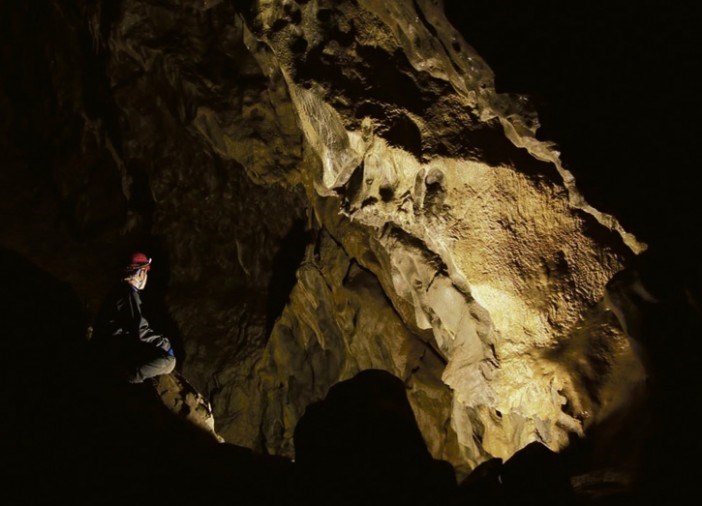CANMORE – If you thought outer space was the final frontier of exploration, you might want to think again.
Earlier this spring, Rat’s Nest Cave became the latest frontier for explorers to go where no one has gone before thanks to a new project to resurvey the popular cave.
“This is probably the most explored cave in the Rockies in terms of the number of years it’s been explored and volume of people that have been through there, so to find new things is quite special,” said Adam Walker, owner of Canmore Cave Tours.
Over the past three months, a team of volunteer cavers have been working in conjunction with the Alberta Speleological Society to shed new light on the cave’s physical dimensions, as well as the geological and hydrological processes involved in creating the cave.
“There’s been some speculation the cave could be 50 kilometres long, now there’s no way for us to say that for sure and the reality is that we’re probably never going to see 50 kilometres of cave, but there’s always a possibility,” said Walker. “That’s the exciting part, that’s what keeps us going back.”
He said one of the reasons they decided to resurvey the cave was because it hadn’t been done since the 1970s and since then they have discovered some new sections of the cave.
“The challenge is that some of the data from the original survey has been lost over the years and so as we find new things it’s hard to tie those new things into the original survey,” said Walker, adding the cave doesn’t have an official length.
Another reason they decided to resurvey the cave is because technology has greatly improved allowing the team to get a more accurate map of the cave system.
“The original map was done in what’s called plan view, so if you imagine you’re a bird over top looking straight down on top of the cave that’s the map that we have,” said Walker. “What we want to do is what’s called a profile, so a side view of the cave to see if we can get a bit more information about the cave.”
Beyond remapping the cave, the survey will also be an opportunity to do scientific research about the geology, biology, anthropology and ecology of the 3,000-year-old cave system.
According to Canmore Cave Tours, humans have been visiting Rat’s Nest Cave for thousands of years, as is evident from modified animal bones, pictographs and artifacts found near the entrance of the cave.
The province has also designated it as a provincial historic site. While it remains to be seen what lies beyond the final frontier of the cave system, Walker remained optimistic that there is still plenty more to discover.
“That’s one of the neat things about caving, you can never really say with 100 per cent certainty whether the whole thing has been explored.”




